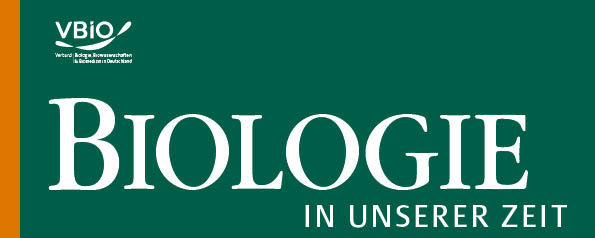The navigation system of birds – part 2
DOI:
https://doi.org/10.11576/biuz-4572Keywords:
Weginformation, Zugorientierung, angeborenes Zugprogramm, Ortsinformation, Navigationskarte, Mosaikkarte, Kompensation von VerfrachtungAbstract
In the first part of this article we have shown which types of compass systems birds use for navigation. For determining the course to the goal, young birds can rely on information gathered en route during the outward journey by recording the direction, integrating twists and turns and reversing this direction to obtain the course towards home. The first migration of young migrants is controlled by an innate migratory program that indicates the direction and – by the duration of migration – also the distance. These spontaneous mechanisms allow birds to establish a ‘navigational map’ by familiarizing themselves with the spatial distribution of environmental gradients. By comparing the local values of these factors with the remembered ones of the goal they can determine the course to the goal. Experienced birds preferably use the navigational map because it allows more flexibility and provides more security than the innate mechanisms.

Downloads
Published
How to Cite
Issue
Section
License
Copyright (c) 2021 Roswitha Wiltschko, Wolfgang Wiltschko

This work is licensed under a Creative Commons Attribution-ShareAlike 4.0 International License.

